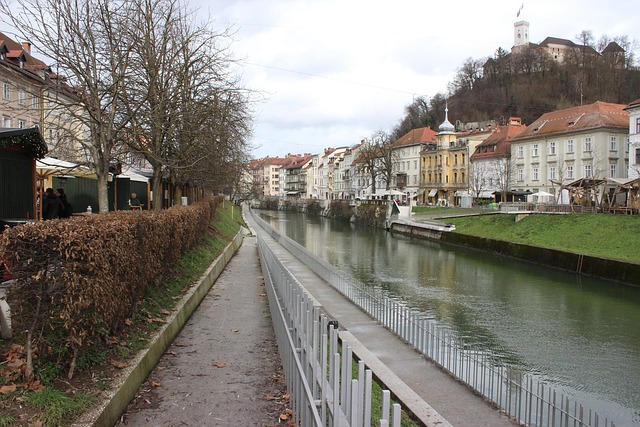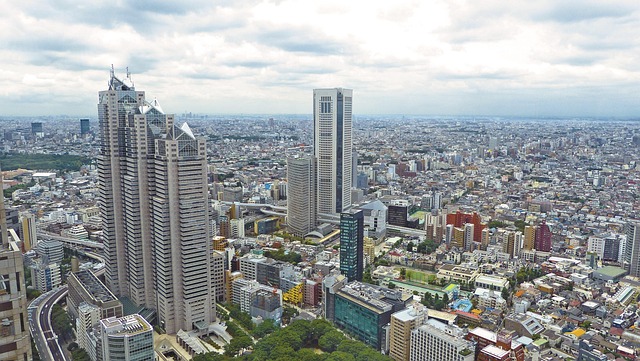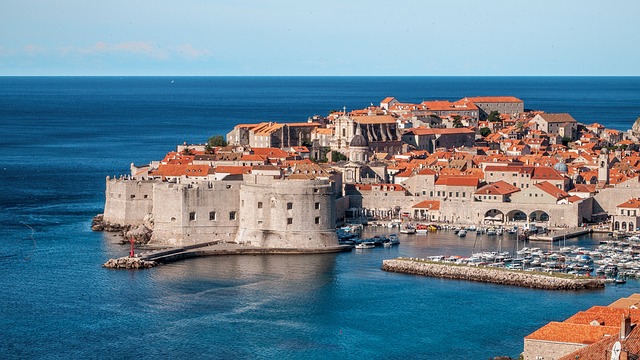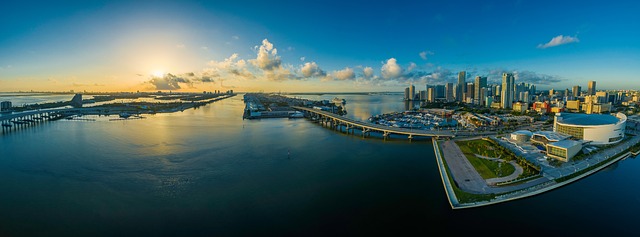Khalid Bin Walid Road, a vital Karachi artery named after an Arab general, is a bustling testament to the city's dynamic yet chaotic traffic culture. This major thoroughfare connects various parts of the metropolis and faces severe congestion due to rapid urbanization and rising vehicle ownership. To address these challenges, Karachi urban planners should explore innovative solutions like dedicated bus lanes, smart traffic management systems, and eco-friendly transportation options. Strategic interventions such as optimizing signal timings, implementing dynamic pricing, and improving public transport infrastructure are crucial for enhancing mobility and quality of life in the vibrant city of Karachi.
Karachi, Pakistan’s vibrant metropolis, faces significant traffic challenges on its major thoroughfares, with Khalid Bin Walid Road (KBWR) emerging as a critical bottleneck. This article delves into the intricate history and evolving transportation network of KBWR, exploring the factors contributing to its notorious congestion. We present strategic solutions for Karachi’s traffic management and offer insights into potential future enhancements for this vital road, focusing on mitigating disruptions and improving the city’s overall mobility.
- Understanding Karachi's Khalid Bin Walid Road: A Traffic Hotspot
- The History and Evolution of the Road's Transportation Network
- Challenges and Congestion: Uncovering the Root Causes
- Strategies for Improved Traffic Management in Karachi
- Potential Solutions and Future Outlook for Khalid Bin Walid Road
Understanding Karachi's Khalid Bin Walid Road: A Traffic Hotspot

Khalid Bin Walid Road, located in the heart of Karachi, is a bustling arterial avenue that has become synonymous with the city’s vibrant and chaotic traffic culture. This major thoroughfare, named after the renowned Arab general Khalid bin Walid, serves as a crucial connector between various parts of the metropolis, facilitating both local and interstate travel. The road’s significance is underscored by the fact that it bears the brunt of Karachi’s ever-growing vehicular volume, making it a traffic hotspot.
Karachi’s bustling nature is starkly reflected in the constant stream of vehicles, from private cars to public transport, that navigate its narrow lanes. The road’s heavy traffic flow presents both challenges and opportunities for the city. On one hand, it exemplifies Karachi’s dynamic transportation network; on the other, it underscores the pressing need for efficient traffic management solutions to ensure safer and smoother mobility for its inhabitants.
The History and Evolution of the Road's Transportation Network

Khalid Bin Walid Road, a significant thoroughfare in Karachi, has witnessed a remarkable journey in its transportation history. Originally designed as an arterial road to alleviate congestion in the bustling metropolis, it has evolved into a vital network that connects various parts of the city. Over time, the road’s infrastructure has been enhanced to accommodate growing traffic demands, reflecting the dynamic nature of urban mobility.
The evolution of Khalid Bin Walid Road’s transportation network is a testament to Karachi’s rapid urbanization and changing demographics. Early plans focused on creating efficient routes, but as the city expanded, so did the need for more robust solutions. Today, this road is known for its heavy traffic flow, serving as a key corridor for both local residents and commuters, further underscoring its importance in Karachi’s transportation landscape.
Challenges and Congestion: Uncovering the Root Causes

Khalid Bin Walid Road, a vital artery in Karachi, has been grappling with severe traffic congestion for years. The challenges are multifaceted, stemming from rapid urbanization and increasing vehicle ownership rates. The road, once a smooth passage, now often transforms into a slow-moving labyrinth during peak hours.
One of the primary reasons behind this is the lack of proper infrastructure to accommodate the growing number of vehicles. Inadequate parking spaces, poorly designed intersections, and missing traffic signals contribute to the chaos. Moreover, the limited public transport options encourage more people to use private vehicles, exacerbating the congestion on already crowded roads. To address these issues, Karachi’s urban planners must consider implementing innovative solutions like dedicated bus lanes, smart traffic management systems, and promoting eco-friendly transportation alternatives.
Strategies for Improved Traffic Management in Karachi

In the bustling metropolis of Karachi, efficient traffic management is a critical aspect for ensuring smooth mobility and enhancing quality of life. To tackle the challenges faced on Khalid Bin Walid Road, several strategic interventions can be implemented. One key approach is to optimize signal timings based on real-time traffic data, which can help reduce congestion during peak hours. Additionally, introducing dynamic pricing for parking and toll lanes can incentivize drivers to spread out their trips and alleviate pressure on major roads.
Implementing a comprehensive smart city infrastructure is another effective strategy. This includes integrating advanced transportation systems with digital platforms to provide real-time updates on traffic conditions, road closures, and alternative routes. Promoting public transport through efficient bus rapid transit (BRT) systems and encouraging ride-sharing services can also contribute to reducing private vehicle usage. Furthermore, the establishment of dedicated lanes for emergency vehicles and improved street lighting can enhance overall safety and efficiency along Karachi’s vital roads, such as Khalid Bin Walid Road.
Potential Solutions and Future Outlook for Khalid Bin Walid Road

To alleviate traffic congestion on Khalid Bin Walid Road in Karachi, several potential solutions can be implemented. First, enhancing public transportation infrastructure and promoting its use can reduce the number of private vehicles on the road. This could involve improving bus routes, introducing efficient metro services, and providing better access to alternative modes of transport. Additionally, smart traffic management systems can be introduced to optimize signal timings based on real-time traffic data, reducing delays and improving flow.
Looking ahead, a future outlook focused on sustainable urban planning is crucial. This includes designing road layouts that prioritize pedestrian and cycling infrastructure, encouraging active transportation options. Moreover, implementing dynamic pricing for parking and congestion charges could discourage non-essential travel during peak hours. By adopting these measures, Karachi can strive to create a more efficient, less congested Khalid Bin Walid Road, enhancing the overall quality of life for residents and visitors alike.
Khalid Bin Walid Road in Karachi, known as a traffic hotspot, demands innovative solutions to address its chronic congestion. By understanding the historical evolution of its transportation network and identifying root causes, such as inadequate infrastructure and inefficient public transport, we can implement effective strategies for improved traffic management. Moving forward, integrating smart city technologies, enhancing public transit options, and promoting sustainable mobility could significantly transform this bustling road into a more efficient and less congested corridor, benefiting both residents and visitors of Karachi.








Leave a Reply